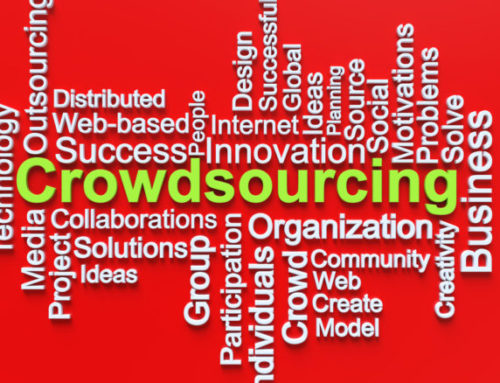How to Create an Innovation Communication Plan
 Smart businesses realize how vital innovation is – and as a project manager, you are in place to make those new ideas happen. However, in the ideation and implementation of new initiatives and products, you can’t overlook the importance of an innovation communication plan. Great communication can be the difference between massive success and catastrophic failure – no matter how great the new idea is to begin with.
Smart businesses realize how vital innovation is – and as a project manager, you are in place to make those new ideas happen. However, in the ideation and implementation of new initiatives and products, you can’t overlook the importance of an innovation communication plan. Great communication can be the difference between massive success and catastrophic failure – no matter how great the new idea is to begin with.
The Importance of an Innovation Communication Plan
Remember when you were a kid and you played the game Telephone? One person would whisper a message to someone else, and it would get passed down the line, with each child whispering what they heard to the next one. Inevitably, by the end, the message wouldn’t resemble what was originally said.
Now, that’s fun for laughs as a kid, but as an adult, in business, that kind of miscommunication can cost millions of dollars. It can cause failure in your project. It can take a great, innovative new idea or product and completely destroy it.
If you’re going to innovate effectively, you can’t just come up with big ideas. You must communicate them clearly – among your team during development, and to others during implementation. The greatest inventors, diplomats, and activists in history all had one thing in common – the ability to clearly communicate their ideas.
It’s amazing that communication has that much power. But, you can harness it by creating a robust innovation communication plan for use throughout your innovation process. A plan that will make your project even more successful and increase adoption speed.
How to Create an Innovation Communication Plan
An innovation communication plan has several key parts. It describes how your organization communicates throughout the entire innovation process. Many of these will be consistent with the various stages of innovation, but you may need to adjust the audience or delivery in some stages.
When creating your innovation communication plan, be sure to include:
- Goals. Know the goals and objectives for communications at every stage of the innovation process.
- Audience Segment. Be aware of who you’re speaking to at every stage. Team members, stakeholders, and adopters all need different information.
- Delivery Method. Think carefully about what type of communication channel is best for each type of information. If something needs to be referenced in the future, written communication such as email is best. If emotion, passion, or buy-in is needed, a face-to-face meeting is likely the top choice.
- Frequency. How often do you need to communicate? This is determined by the work style of your team, how often your stakeholders need updates, and how much information employees need to maintain engagement and enthusiasm.
- Owner. Who’s responsible for each type of communication? Assigning an owner to each piece of the communication plan helps ensure accountability and follow through.
Great ideas aren’t great on their own. They are only great when they are developed, shared, and implemented appropriately. By having an innovation communication plan, you’ll ensure that your team communicates effectively throughout every stage of innovation.
You can download our Innovation Communication Plan infographic by clicking here. For more information about IdeaScale Innovation Stages and how they can help you bring new ideas to light in your organization, visit our Innovation Stages page today!
This article was originally published on the IdeaScale blog here.




